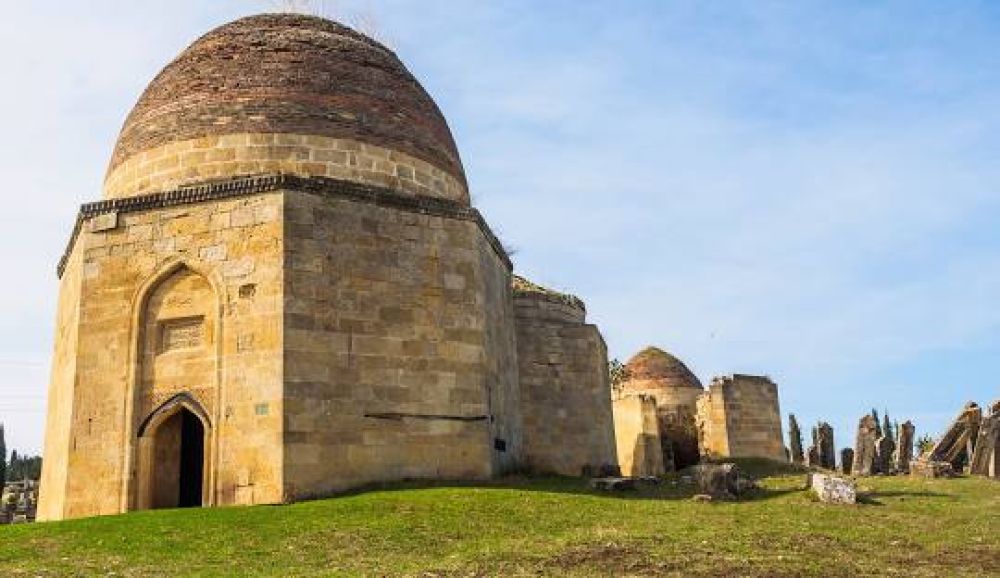

Shamakhi is a city that boasts a rich history, serving as a key waypoint along the ancient Silk Road. Known for its incredible architecture, seismic activity, and as the birthplace of renowned Azerbaijani poets and scholars, Shamakhi has long attracted travelers and tourists interested in its unique heritage and picturesque landscapes.
The history of Shamakhi in relation to tourism can be traced back to its days as a prominent trading city. Merchants and travelers would pass through Shamakhi, drawn by its bustling markets and strategic location. It wasn't until the 19th century that tourism as we know it today began to take shape, with European travelers exploring the East.
Throughout the Soviet era, Shamakhi experienced development that would set the stage for future tourism. The government established cultural and historical reserves, promoting the conservation of Shamakhi's historical sites. Key developments, such as road improvements and the establishment of local accommodations, made Shamakhi more accessible to Soviet tourists, who were interested in its historical and cultural significance.
After gaining independence in 1991, Azerbaijan began to actively develop its tourism sector. Shamakhi's profile was raised as part of this national strategy. Efforts were made to restore historical sites, improve infrastructure, and market the city domestically and internationally.
Today, Shamakhi is witnessing a resurgence in tourism, thanks in part to the growing recognition of Azerbaijan as an emerging travel destination. Agro-tourism has become particularly popular, with visitors interested in experiencing the region's organic vineyards and participating in local wine-making traditions. Additionally, the growth of eco-tourism initiatives has put a spotlight on Shamakhi’s beautiful natural environments and opportunities for hiking and exploring the Great Caucasus mountains.
Some of Shamakhi's most famous attractions include the Shamakhi Astrophysical Observatory, offering unparalleled stargazing opportunities, and the historical Juma Mosque, one of the oldest mosques in the Caucasus, originally constructed in the 8th century. The city is also home to the mausoleum of Yeddi Gumbaz, the graveyards of the Shirvan Dynasty kings, and the legendary village of Lahij, known for its ancient coppersmiths and traditional handicrafts.
The Azerbaijani government and local business entities continue to work together to promote Shamakhi. Investments in the quality of hotels and restaurants, coupled with an increasing number of cultural festivals and events, have steadily enhanced the tourism appeal of Shamakhi.
Shamakhi's tourism has come a long way from its roots as a stopover for Silk Road traders. The city is quickly becoming a jewel in Azerbaijan's tourism crown, appealing to a diverse array of tourists seeking historical, cultural, and natural experiences. With ongoing investment and development, Shamakhi is poised to continue its rise as a premier destination in the Caucasus region.